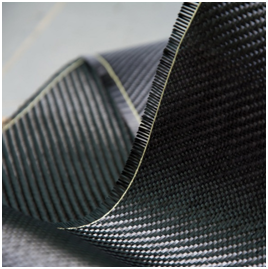Solar Roadways: Purpose, Construction and Applications

Solar Roadways: Purpose, Construction and Applications Solar Roadway: Solar Roadway is a major term when it comes to construction. It is a street surface that generates electricity. The solar roadways comprise the glass layer, electronic layer, and base plate. The construction stage involves the wiring and furnishing of the base plate first. Then the layers get placed properly, and after that, the connection goes from the photovoltaic cells to the layers that get placed earlier. However, solar roadways are not for heavy automobiles. It is because heavy automobiles cannot resist heavy loads. Components of the solar roadways As you know that the solar roadways have three broad layers. It includes the glass layers, electronic layers, and the base plate layer. Glass layer This layer is the upper part of the solar roadway. This is the part where all the minimal-weight vehicles and the bicycles move. The glass layer in the solar roadway must have good durability. Further, it shou...


.jpeg)




